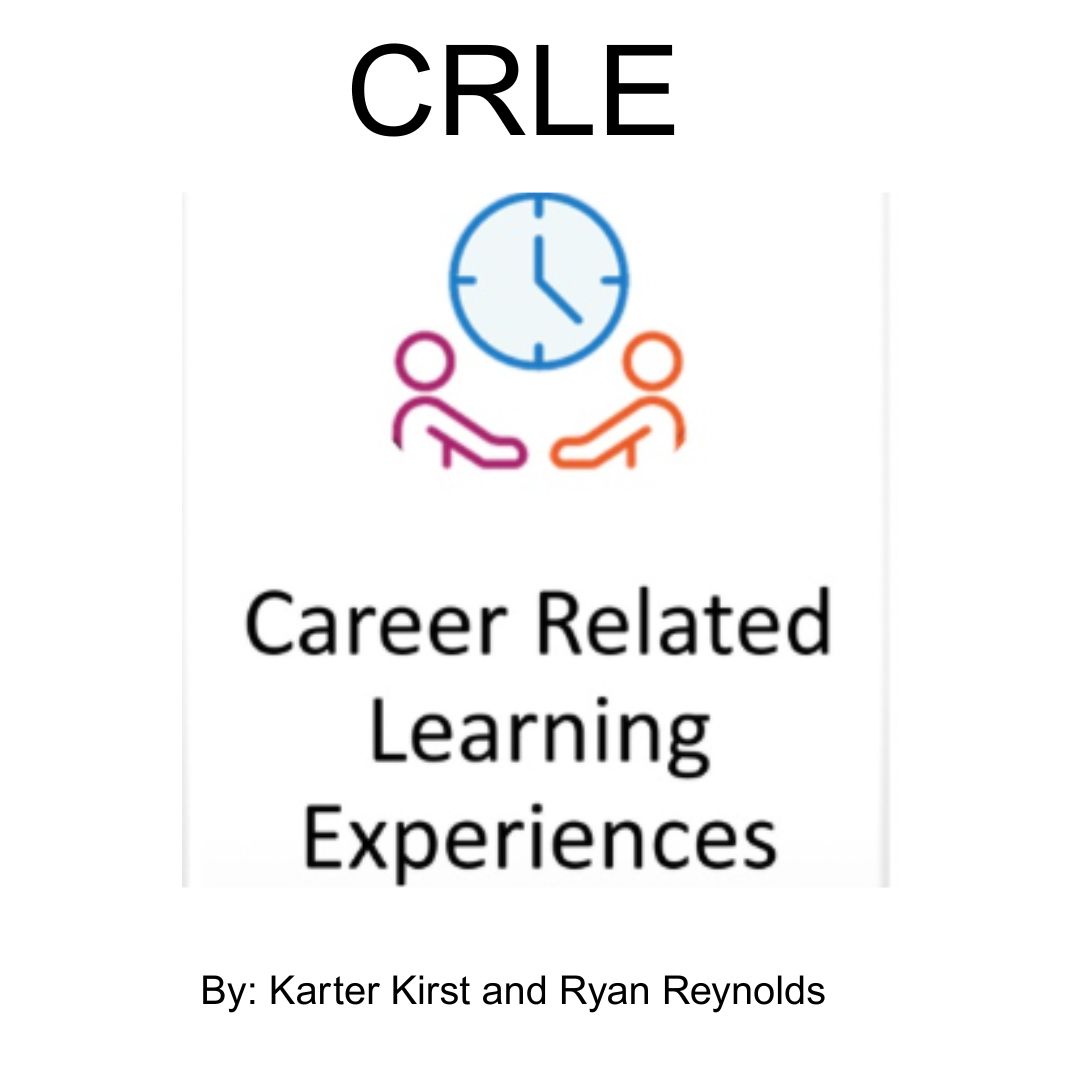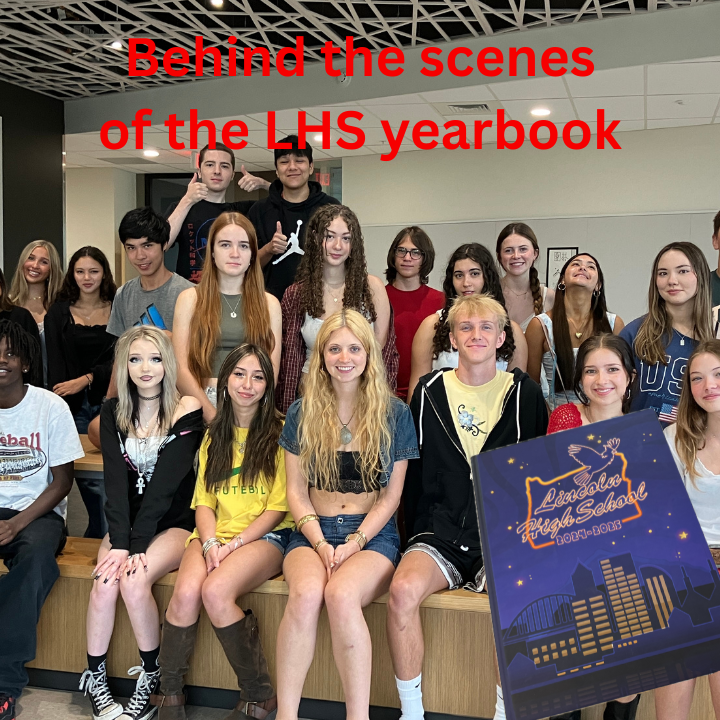Editorial: Advertising is toxic. Here’s why.
May 24, 2021
We are governed, our minds are molded, our tastes formed, and our ideas suggested, largely by men we have never heard of…. It is they who pull the wires that control the public mind.
–Edward Bernays
“One will spend two years of their life watching commercials,” according to filmmaker and activist, Jean Kilbourne. In fact, advertising is a $250 billion industry. In 2020, the US spent $261 billion on advertising alone.
There is a science behind advertising. Kilbourn states, “Only 8% of an ad’s message is perceived by the conscious mind. The rest is worked and reworked deep within the recesses of your brain.” Advertisers use what is now called neuromarketing, where test subjects are hooked up to equipment that is meant to scan the brain as the test subject watches an ad. In this way, advertisers can make their ads more appealing.
According to the American Psychological Association, “Vance Packard’s 1957 book, “The Hidden Persuaders,” revealed how advertising agencies used psychologists and other behavioral scientists to probe deep into consumers’ minds and build advertising campaigns based on what they found there…In Packard’s most famous example, a movie theater supposedly boosted concession-stand sales by flashing orders to buy popcorn on the screen faster than the conscious mind could perceive them.”
“Sex is used to sell everything,” Kilbourne argues. However, it is not only sex that appeals to the general public.
Sut Jhally, a business professor and movie director, argues that “ads sell more than products: they sell values, they sell images, they sell concepts of love and sexuality, and most importantly normalcy.” Adding onto this, Kilbourne states over-sexualization in advertising has become a public health hazard. This is because this kind of advertising has had negative effects on many people, including young girls. Unicef USA explains that “Research conducted for the Dove Self Esteem Project found that only 11% of girls worldwide would call themselves beautiful and six in ten girls avoid participating in life activities because of concerns about the way they look. One-third of all 6-year-olds in Japan experience low body confidence. Australian girls list body image as one of their top three worries in life, while 81% of 10-year-old girls in the U.S. say they are afraid of being fat.”
As a student, what can you do to keep yourself safe? Firstly, I suggest that you study media literacy, and how the media makes messages that are marketed to you. Documentaries I recommend are Advertising at the Edge of the Apocalypse and The Social Dilemma. I suggest you spread the word about how the media can be harmful to keep others safe as well. “Advertising is legalized lying,” says H.G. Wells. I believe it is time to spread the truth about media toxicity.



